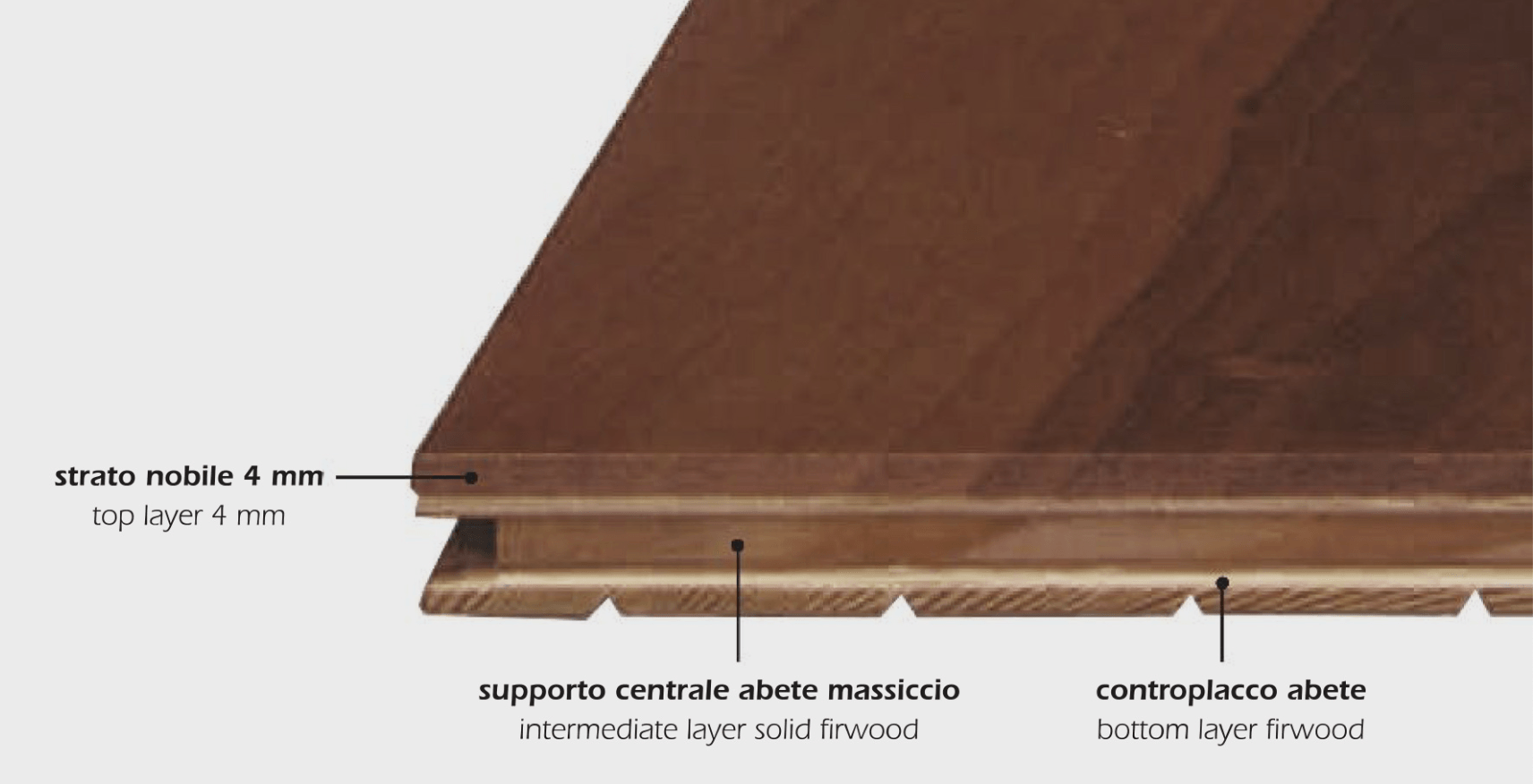RIPPLES OR BUBBLES IN CARPET
- By Tom Petridis
- •
- 06 Feb, 2019
- •
Reasons why you get bubbles in your carpet and how to prevent them.

NOT THE FUN KIND OF BUBBLES...
So why do some people get bubbles in their carpet? As a certified floor specialist I'll explain the several reasons why and how they can all be prevented. Below are some of the most important rules to follow so that you get the longevity you deserve with your carpet/broadloom.
UNDERPAD: Yes, underpad, is most important part of your installation is choosing a proper pad. A proper pad should be dense, preferably made of rubber (Duracusion) or felt. The importance of a dense pad prevents the constant break of the carpets backing that holds it all together. Most importantly, (and this is the main reason for bubbles) never get fooled into upgrading your pad to a thicker one. This, in fact, only make matters worse as the pad lifts the carpet above the tack strips that are installed along the perimeter of your room. The purpose of the tack strip is to hold the carpets stretch as the carpet is anchored into the pins during its stretch phase. When the pad is higher, it lifts the carpet over the pins and allows the carpet to move and create bubbles. In rare cases a thicker pad is required, when this happens, a proper tack strip needs to be ordered that meets the thickness of the pad. Another solution would be to reinforce the tack strip by doubling it up. (diagram #1)
BASEBOARDS: When baseboards are touching the subfloor, this prevents the carpet from expanding under the baseboards thus forcing the expansion of the carpet in the middle. This is more important with wool carpeting because wool expands just like your hair on a humid day. When baseboards are installed, they need to be installed 1/2" off the subfloor. Another solution would be to request a piece of your pad and carpet to be used as your guide for height. This allows the carpet to be cut just the right amount and tucked under the baseboard with some room for expansion when the humidity kicks in. Extremely heavy furniture around the perimeter will act the same way not allowing the carpet to expand under the baseboards. (diagram #2)
CHEAP GLUE: This is usually for commercial use and it's probably something you won't be able to catch. The only thing that can help here, is to trust your installer uses the proper glue. A high solid glue which generally costs more will prevent your carpet from bubbling in high traffic areas. Cheaper glues have less solids and more water which makes the glue weak and causing the carpet to separate, allowing for water and dirt to accumulate between the carpet and subfloor acting like sand paper to your carpet.
So why do some people get bubbles in their carpet? As a certified floor specialist I'll explain the several reasons why and how they can all be prevented. Below are some of the most important rules to follow so that you get the longevity you deserve with your carpet/broadloom.
UNDERPAD: Yes, underpad, is most important part of your installation is choosing a proper pad. A proper pad should be dense, preferably made of rubber (Duracusion) or felt. The importance of a dense pad prevents the constant break of the carpets backing that holds it all together. Most importantly, (and this is the main reason for bubbles) never get fooled into upgrading your pad to a thicker one. This, in fact, only make matters worse as the pad lifts the carpet above the tack strips that are installed along the perimeter of your room. The purpose of the tack strip is to hold the carpets stretch as the carpet is anchored into the pins during its stretch phase. When the pad is higher, it lifts the carpet over the pins and allows the carpet to move and create bubbles. In rare cases a thicker pad is required, when this happens, a proper tack strip needs to be ordered that meets the thickness of the pad. Another solution would be to reinforce the tack strip by doubling it up. (diagram #1)
BASEBOARDS: When baseboards are touching the subfloor, this prevents the carpet from expanding under the baseboards thus forcing the expansion of the carpet in the middle. This is more important with wool carpeting because wool expands just like your hair on a humid day. When baseboards are installed, they need to be installed 1/2" off the subfloor. Another solution would be to request a piece of your pad and carpet to be used as your guide for height. This allows the carpet to be cut just the right amount and tucked under the baseboard with some room for expansion when the humidity kicks in. Extremely heavy furniture around the perimeter will act the same way not allowing the carpet to expand under the baseboards. (diagram #2)
CHEAP GLUE: This is usually for commercial use and it's probably something you won't be able to catch. The only thing that can help here, is to trust your installer uses the proper glue. A high solid glue which generally costs more will prevent your carpet from bubbling in high traffic areas. Cheaper glues have less solids and more water which makes the glue weak and causing the carpet to separate, allowing for water and dirt to accumulate between the carpet and subfloor acting like sand paper to your carpet.

